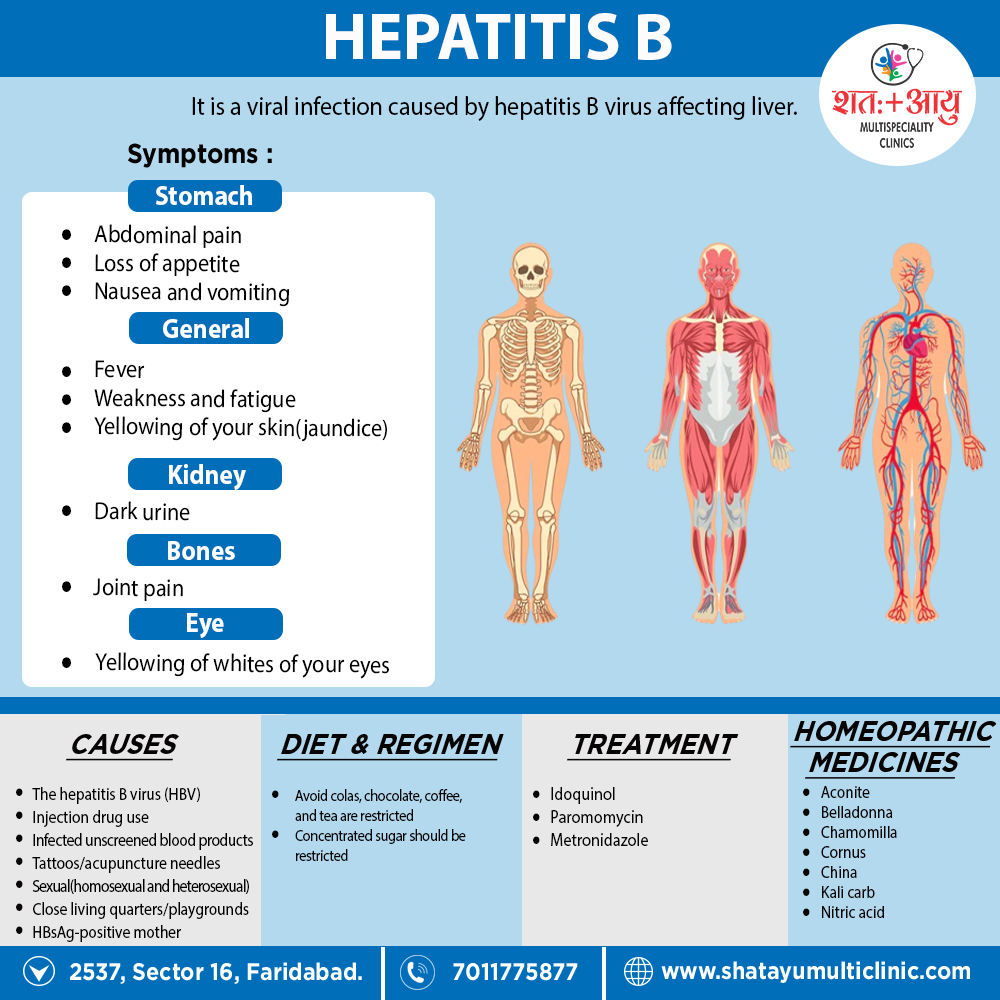Homoeopathic Treatment:
Homeopathy treats the person as a whole. It means that homeopathic treatment focuses on the patient as a person, as well as his pathological condition. The homeopathic medicines selected after a full individualizing examination and case-analysis.
Which includes
- The medical history of the patient,
- Physical and mental constitution,
- Family history,
- Presenting symptoms,
- Underlying pathology,
- Possible causative factors etc.
A miasmatic tendency (predisposition/susceptibility) also often taken into account for the treatment of chronic conditions.
What Homoeopathic doctors do?
A homeopathy doctor tries to treat more than just the presenting symptoms. The focus is usually on what caused the disease condition? Why ‘this patient’ is sick ‘this way’?
The disease diagnosis is important but in homeopathy, the cause of disease not just probed to the level of bacteria and viruses. Other factors like mental, emotional and physical stress that could predispose a person to illness also looked for. Now a days, even modern medicine also considers a large number of diseases as psychosomatic. The correct homeopathy remedy tries to correct this disease predisposition.
The focus is not on curing the disease but to cure the person who is sick, to restore the health. If a disease pathology not very advanced, homeopathy remedies do give a hope for cure but even in incurable cases, the quality of life can greatly improve with homeopathic medicines.
Homeopathic Medicines
The homeopathic remedies (medicines) given below indicate the therapeutic affinity but this is not a complete and definite guide to the homeopathy treatment of this condition. The symptoms listed against each homeopathic remedy may not be directly related to this disease because in homeopathy general symptoms and constitutional indications also taken into account for selecting a remedy, potency and repetition of dose by Homeopathic doctor.
So, here we describe homeopathic medicine only for reference and education purpose. Do not take medicines without consulting registered homeopathic doctor (BHMS or M.D. Homeopath).
Medicines of Hepatitis B:
ACONITE [ACON]:
Sudden inflammation of liver, first attack Violent, rending, tearing pains: bursting. Additionally, Restlessness; tortures of anxiety: moving constantly: fear of death:” great thirst.
BELLADONNA [BELL]:
More sensitive to jar and more sensitive to motion, than almost any other remedy. Severe pain right hypochondrium on a small spot near and above umbilicus. Worse motion: very sensitive to touch. Acute pain, liver, worse lying especially right side; pains go to shoulder also neck: or spread to back and kidneys. Get rapidly worse. All in all, thirst for cold water: or thirst for water changed into thirst for beer.
CHAMOMILLA [CHAM]:
In general, Excessive sensibility of nerves: so excessive that few remedies can equal it Intense irritability: and its consequences. Hepatitis after vexation, or taking cold. Stitching pain in liver with vomiting also chilliness: after vexation. Vomiting of bile also food.
CORNUS CER [CORN]:
Chronic hepatitis and bilious derangements. Jaundice. Additionally, Constant working of bowels, as if they were all in motion Sensation as if they would break in two at waist.
CHINA [CHIN]:
Swollen, hard liver: sensitive to least pressure or Sensation of subcutaneous ulceration. Moreover, Obstruction of gall-bladder with colic: periodic recurrence: jaundice. Biliary calculi. Nerves in a fret”, feeble, sensitive, anaemic, chilly. Lastly, Periodicity in regard to pains, and complaints.
NITRIC ACID [NIT-AC]:
Liver enormously enlarged. Jaundice. Urine scanty also strong smelling chronic hepatitis: “argue cake.” In detail, Stitches in liver region.
KALI CARB [KALI-C]:
In brief, Heat, burning, pinching in liver: wrenching pain on stooping. Painful stitches right lumbar and liver: worse motion: sits stooped forward, stopped forward, elbows on knees and face in hands. Besides this, Must walk stooped forward, hands on knees, to steady body against motion. Lastly, Sprained pain, liver; can only lie on right side.

